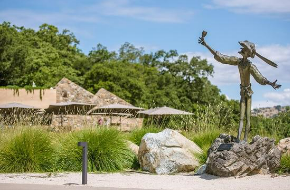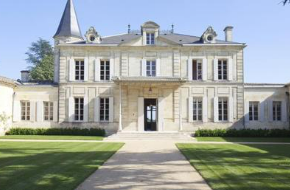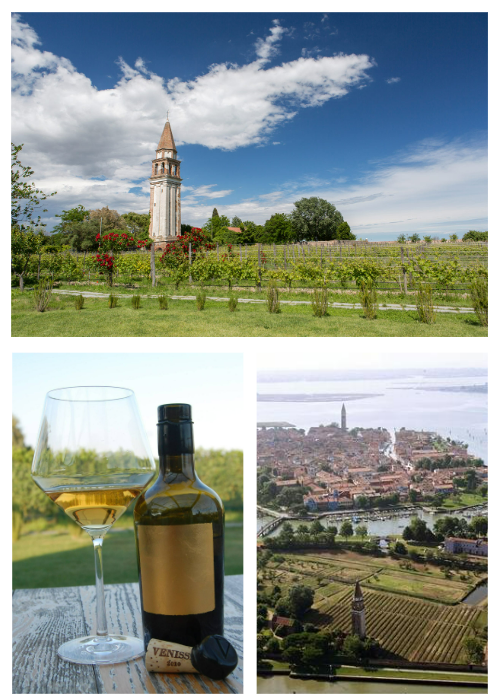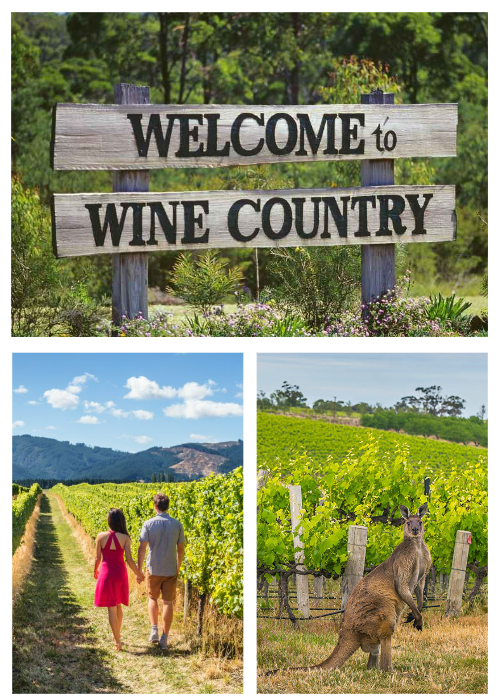William Kelley is one of the most impactful voices as the lead Bordeaux critic for The Wine Advocate. Robert Parker, probably the most influential critic of all-time, set up this publication as a newsletter back in 1978, pioneering the 100-point rating system. Parker is now retired but The Wine Advocate scores still carry great weight. Kelley became the lead Bordeaux critic just before the 2021 EP campaign last year.
For the most part, Kelley confirmed the hype that 2022 qualifies as great ‘surprise’ vintage for Bordeaux. While he did acknowledge some estates made overly jammy wines, the experience gleaned from recent hot vintages helped many estates thrive. As he said in March this year, “Bordeaux is producing the best wines in its modern history.”
Favourites: Chateau Canon (St Emilion), Les Carmes Haut Brion (Pessac Leognan), Montrose (St Estephe) - all 99-100pts.
Jancis Robinson MW is a well-known British writer who has been reviewing wine for over two decades. Her website features her own scores on a 20-point scale as well as those of other experts’ including James Lawther MW who co-reviewed the 2022 Bordeaux wines.
Again, the word ‘surprising’ featured heavily in Robinson’s roundup of an ‘extremely impressive’ set of wines even if some exhibited overly high alcohol levels. One of the biggest surprises was that ‘Merlot shone’ on both sides of the Gironde in 2022. “So winemakers have learnt from previous hot vintages such as 2003 and 2018 what to do and what not to do, but so, it seems, have the vines themselves,” she explained.
Favourites of Robinson and Lawther: Chateau Mouton Rothschild (Pauillac) pulled in a 19-point score. Cheval Blanc (St Emilion), Petrus (Pomerol) and Lafite Rothschild (Pauillac) all 18.5 points.
Antonio Galloni set up Vinous Media in 2013. Both he and Neal Martin scored Bordeaux 2022 and gave an overall positive opinion. “The 2022s are some of the most memorable young wines I have ever tasted in Bordeaux,” said Galloni.
Similar to Jancis Robinson, Galloni remarked that “one of the surprises of the year is the quality of the Merlot, which is stellar in many wines on the Right Bank.” Merlot had previously been viewed as the grape most at risk during hot vintages such as 2022.
Favourites: Six tied with 98-100 point scores – Cheval Blanc, Beau-Sejour Becot, La Gaffeliere from St Emilion and then Vieux Château Certain (Pomerol), Leoville Las Cases (St Julien), Les Carmes Haut Brion (Pessac Leognan).
Neal Martin used to write for The Wine Advocate but is now with Vinous and remains one of the most respected voices about Bordeaux. He concurred with the overall view of 2022, specifying that it offers long-term ageing potential.
Martin acknowledges that not every estate navigated the extreme weather conditions but concluded: “It’s not a straightforward vintage - it’s quite complicated. Yet I find it intellectually satisfying. It’s a vintage of containment, both from the vine and the vigneron, and if you could keep a leash on all that potential energy, greatness was in the offing.”
Martin mentions that the best wines didn’t always align with Bordeaux’s traditional hierarchy. He initially preferred the left bank, but several ‘spectacular’ right bank wines led to a more even assessment.
Favourites: Three with 98-100 points: Leoville Las Cases (St Julien, which Martin singled out as his favourite appellation in 2022), Cheval Blanc (St Emilion), and L’Eglise Clinet (Pomerol).
Lisa Perrotti-Brown was The Wine Advocate’s Bordeaux reviewer until leaving last year to start her own publication, The Wine Independent. She called 2022 a ‘great, classic’ vintage but cautioned about its heterogeneity in terms of style.
Favourites: 10 wines received 98-100 point scores with many of the names from other critics listed among them, including Cheval Blanc which grabbed a top score from four of the five critics in this article. New entries on Perrotti-Brown’s list included Angelus (St Emilion), La Conseillante (Pomerol), Pichon Longueville Comtesse de Lalande (Pauillac).





